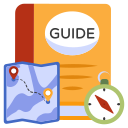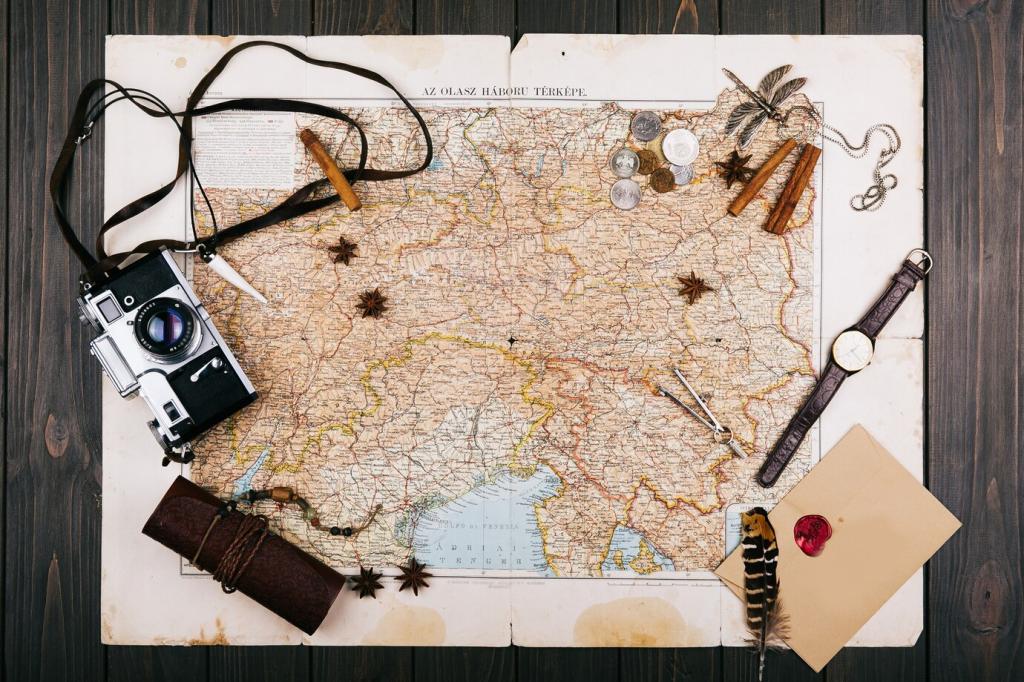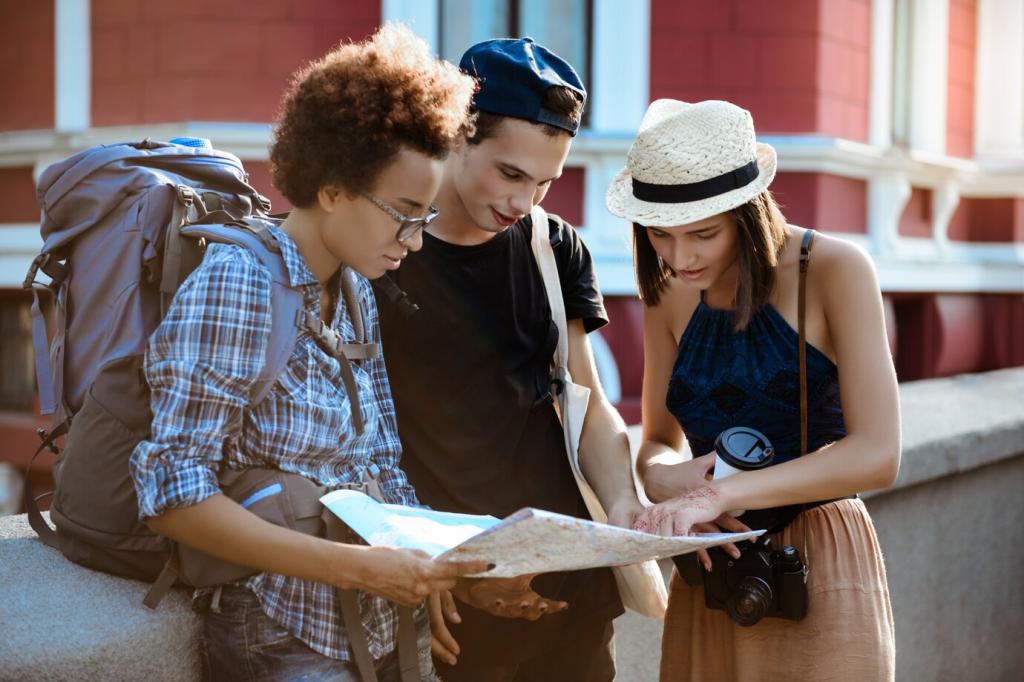Why Mapping UNESCO Heritage Changes the Journey
Plotting World Heritage cities and monuments side by side turns trivia into narrative. Suddenly, cathedral spires converse with desert citadels, and your route becomes a dialogue across centuries. Share your own cultural connections in the comments.
Why Mapping UNESCO Heritage Changes the Journey
Mapping reserves, reefs, and biospheres as a connected corridor highlights migration paths, watershed boundaries, and climate gradients. That visual continuity encourages slower travel and stewardship. Which ecosystems would you prioritize on your next journey?



